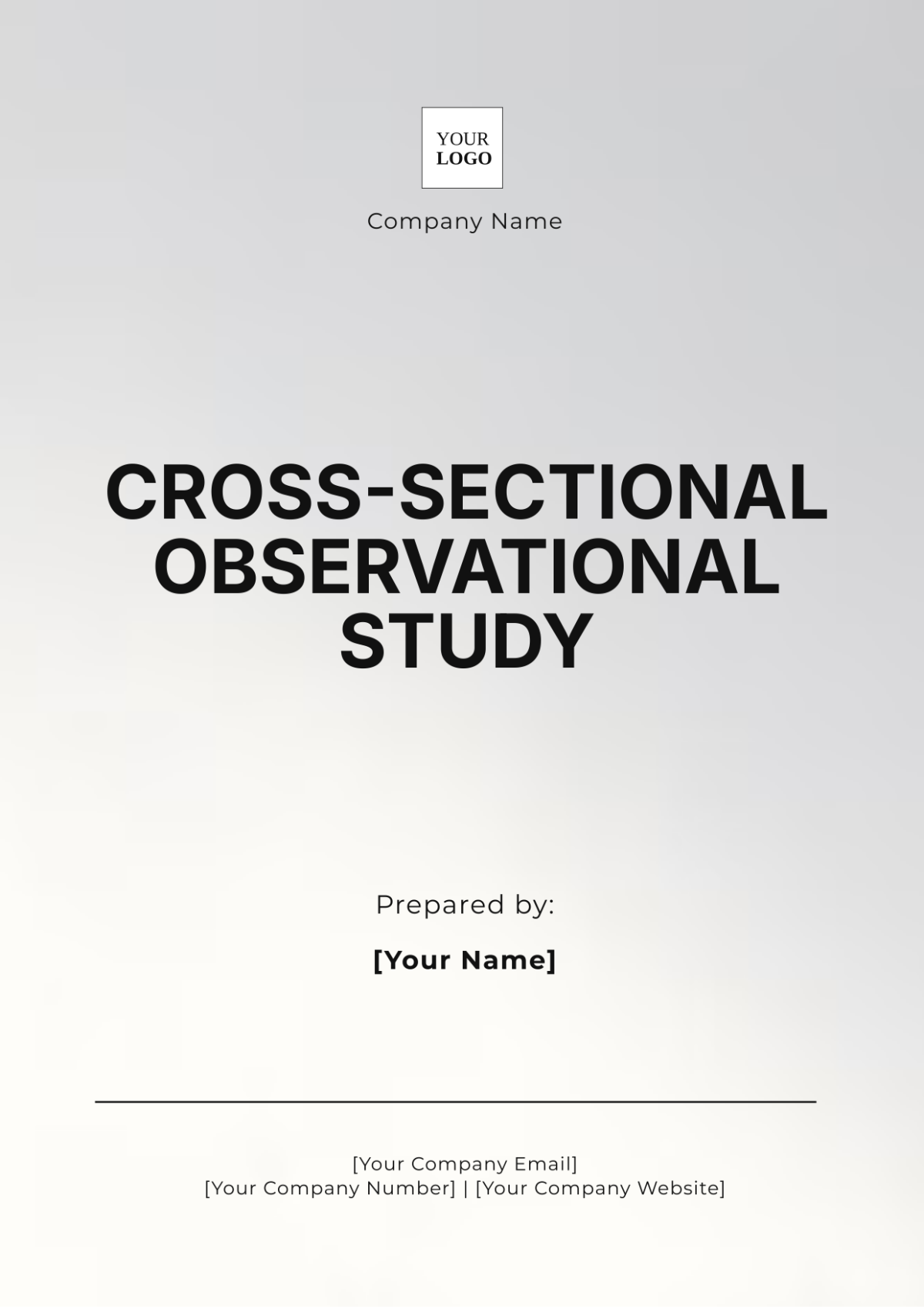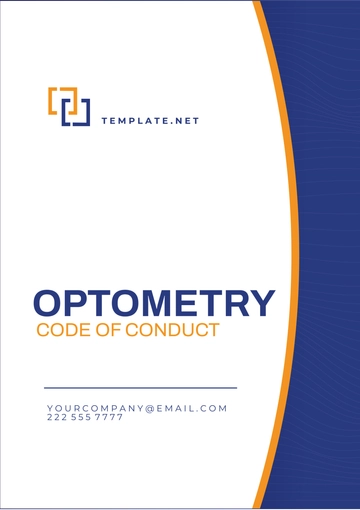Cross-Sectional Observational Study
Principal Investigator: [YOUR NAME]
Affiliation: [YOUR COMPANY NAME]
Date: [SUBMISSION DATE]
Introduction
A cross-sectional observational study is a research design that analyzes data from a population, or a representative subset, at a specific point in time. This type of study provides a snapshot of several variables and their potential relationships, identifying patterns and correlations without determining causality.
Methodology
The methodology of a cross-sectional observational study involves several stages:
Selection of Population: Choose a representative sample from the target population.
Data Collection: Gather data through surveys, interviews, or existing records at one point in time.
Data Analysis: Analyze the data to find patterns, correlations, and potential relationships among variables.
Applications
Cross-sectional studies are widely used in various fields, including:
Public Health: Assessing the prevalence of diseases or health behaviors within a population.
Social Sciences: Understanding socio-economic factors and their impact on specific groups.
Market Research: Evaluating consumer preferences and behaviors at a certain point in time.
Advantages
Cross-sectional observational studies offer several benefits:
Efficiency: Quick and less costly compared to longitudinal studies.
Simplicity: Easy to implement as it requires data collection at a single time point.
Descriptive Insight: Provides a comprehensive snapshot of a population’s characteristics and behaviors.
Limitations
Despite their advantages, cross-sectional observational studies have limitations:
Cannot Establish Causality: Only identifies correlations, not causative relationships.
Temporal Ambiguity: Ineffective in understanding changes over time.
Selection Bias: The sample may not accurately represent the entire population.
Interpretation of Results
The interpretation of cross-sectional study results requires caution:
Identify Patterns: Look for common trends and associations within the data.
Avoid Causal Inferences: Do not assume that correlated variables have a cause-and-effect relationship.
Contextual Analysis: Consider the contextual factors and limitations that might affect the study’s findings.
Conclusion
In summary, cross-sectional observational studies provide valuable insights into the characteristics and relationships within a population at a specific point in time. While they are instrumental in identifying patterns and correlations, researchers must be mindful of their limitations, particularly the inability to establish causality.
References
Levin, K. A. (2006). Study design III: Cross-sectional studies. Evidence-based Dentistry, 7(1), 24-25.
Setia, M. S. (2016). Methodology Series Module 3: Cross-sectional Studies. Indian Journal of Dermatology, 61(3), 261-264.
Observational Study Templates @ Template.net






























